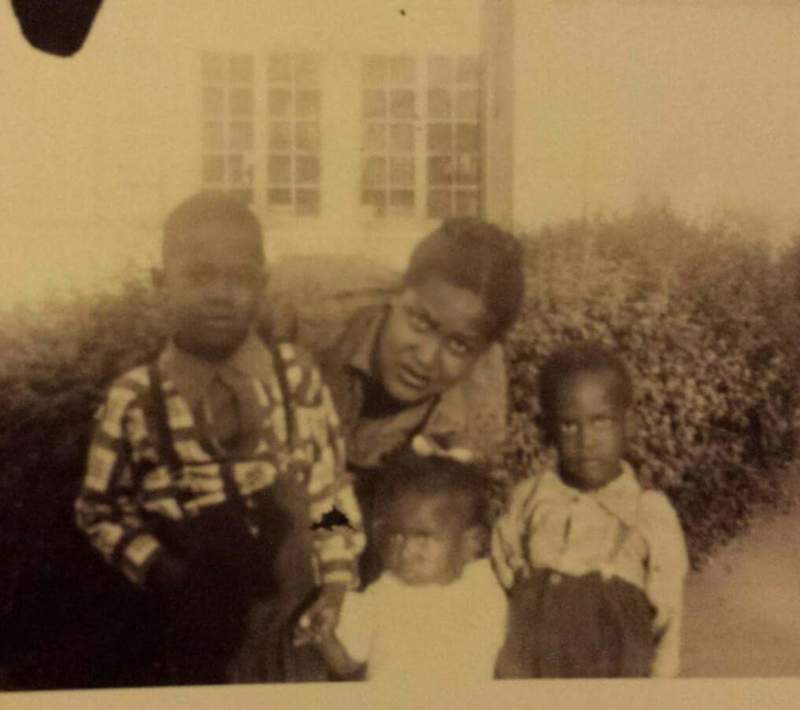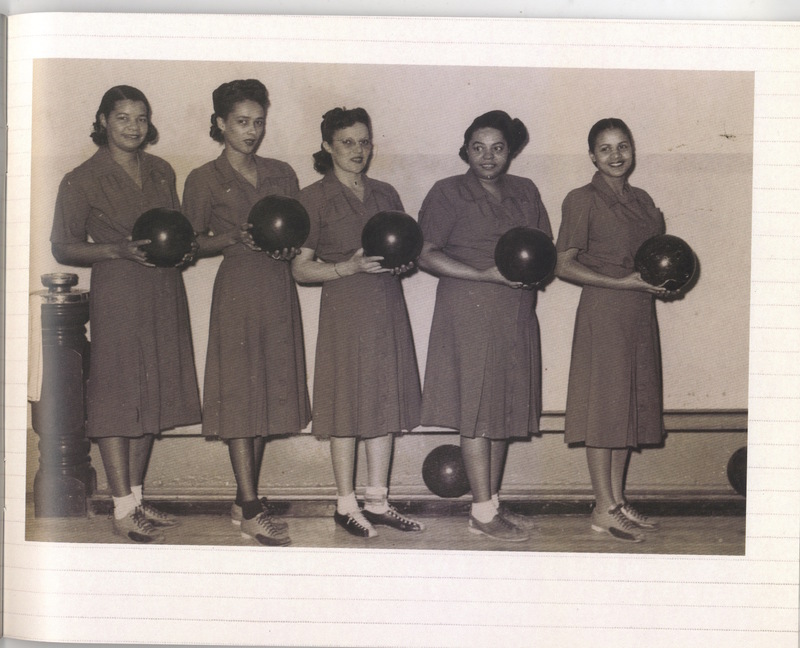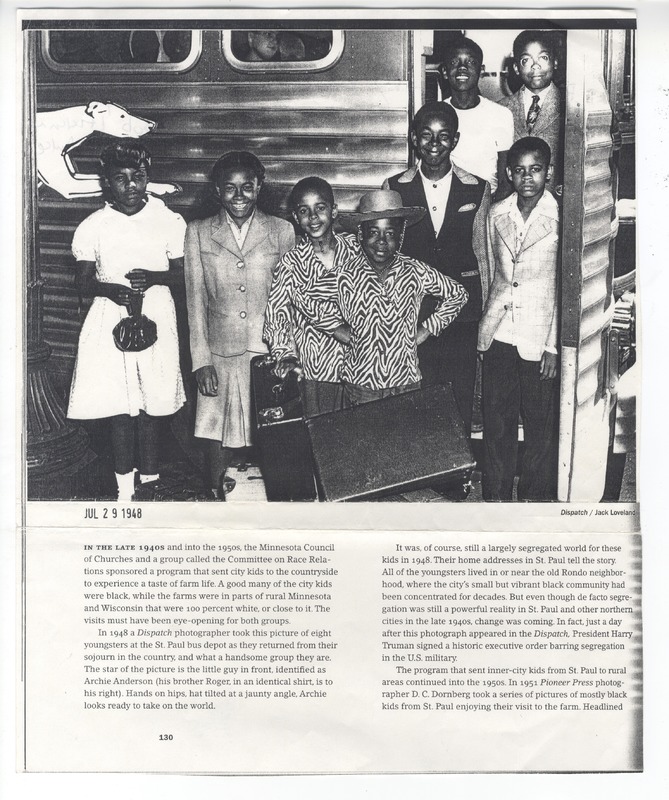Conclusion
If one aspect of the history of the Rondo neighborhood is clear, it is that Old Rondo was a self-sustaining, deeply connected neighborhood that is rooted in the family. Family, in the Rondo neighborhood, includes not only the nuclear family unit, but also the connections made between all residents of Rondo. These connections and interactions that expand the definition of family in Rondo would not be possible if not for the strong social institutions that characterize the Rondo neighborhood. Rondo’s strong social institutions not only create close connections among residents but created spaces where the women of Rondo historically could productively engage and interact in the community, something that many women in the 20th century were prevented from doing. Old Rondo is unique in this regard in that it alway historically possessed social institutions that were specifically designated for women’s use, gathering, and development.
Despite the devastating effects of highway I-94, Rondo today still ascribes the same level of importance to its familial connections among residents, women, and social institutions. The Rondo community operates like a village: through its connectedness, it assures that the children of the neighborhood have a safe space in which to develop and learn. Through its institutions, it assures that the majority of children are set on a path to success, and also assures that the same children will grow up and return to Rondo with knowledge to further the community as a whole. Although Rondo fragmented after the construction of the highway, the social institutions it previously held not only served as a place for its children to develop and learn, but also served as crucial centers of community exchange and the strength.
In her book Root Shock, about urban renewal and highway construction and its effects on inner-city communities, Mindy Fullilove, describes these inner-city social institutions as, “the foundation of community life.” (1) Fullilove states that, “every community… needs an institution designed for gathering, where people can learn whatever it is they need to learn to go forward in the ever-changing future.” (2) Viewing Rondo’s history through this double lens of social institutions and family is crucial to understanding how it operates and how its residents live and succeed.
(1) Fullilove, Mindy Thompson. Root Shock : How Tearing Up City Neighborhoods Hurts America, and What We Can Do About It. New Village Press Edition. Second Edition. New York: New Village Press, 2016. 233.
(2) Ibid.


